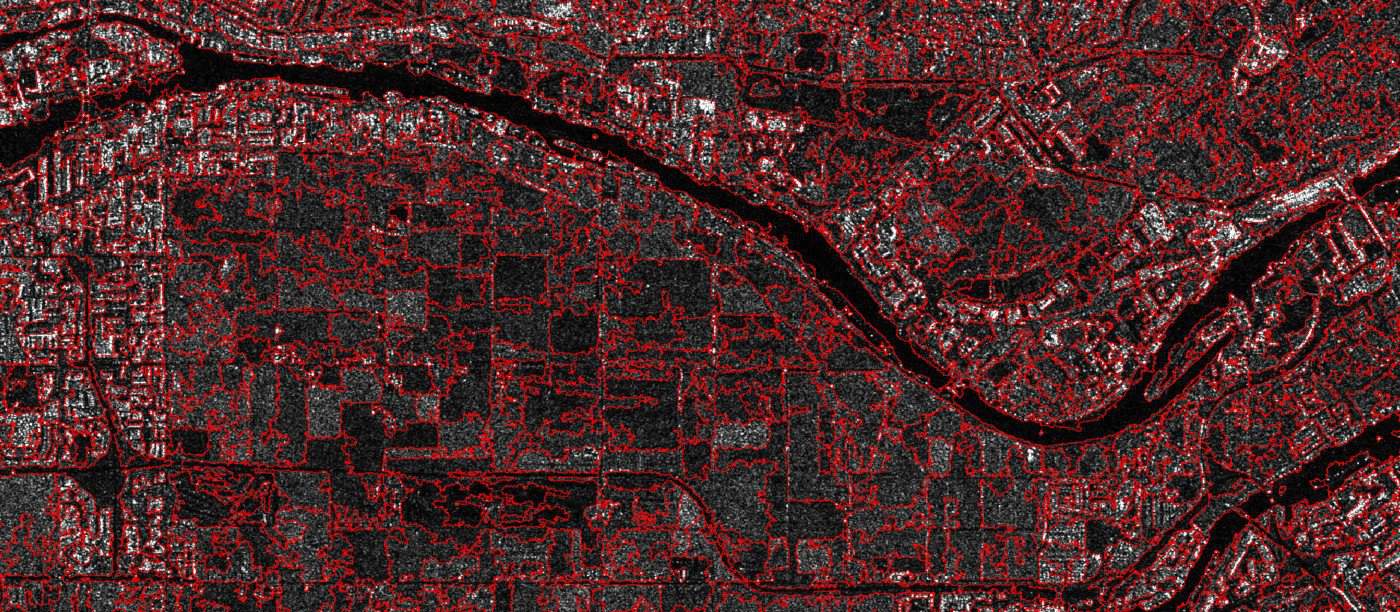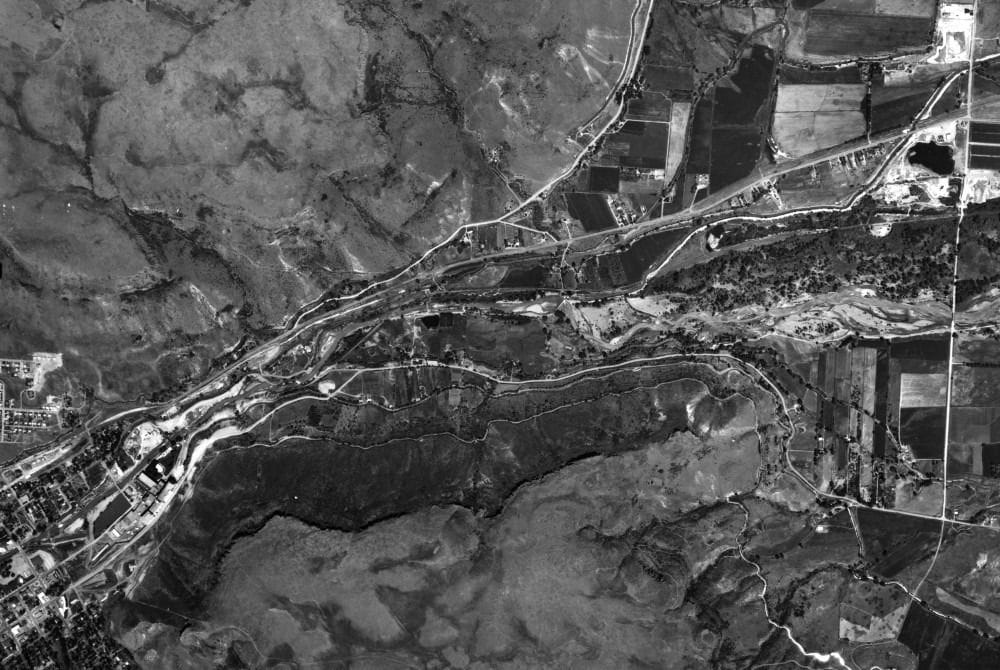






Designed for new users and experienced users of geospatial software who want to become familiar with PCI Geomatica software. This course teaches the fundamentals of visualizing and processing raster data using PCI Geomatica Focus.
After completing this course, participants will be comfortable using various tools within Focus for geospatial data processing.
Introductury
online: 1 day
classroom: 2 days
The follow-up course to Geomatica I. In this 2-day course, participants will continue to explore data processing techniques in Focus including multispectral image classification, atmospheric correction, spatial analysis and thematic map creation.
Participants will also explore the functionality of Geomatica Modeler, a visual scripting environment, for single execution and batch processing of data.
Introductory/Intermediate
online: 2 days
classroom: 3 days
Designed for new and experienced users of remote sensing and digital photogrammetry software. During the two day on-line training, participants will be introduced to the various topics that include: how to set up projects, GCP and tie point collection, orthorectifcation and mosaicking image files both manually and automatically.
Participants will also be introduced to OrthoEngine component batching within Geomatica Modeler to automate some of the above tasks.
Intermediate
online: 2 days
classroom: 3 days
SAR processing in Geomatica is an advanced course that explores data preparation, processing and analysis techniques for working with Synthetic Aperture Radar (SAR) data.
In this 3-day course, participants will explore data processing techniques in Focus including ingesting, calibrating and displaying SAR data. The course will take participants through applying radiometric enhancements, processing detected data (single or dual polarization), performing unsupervised coherent and incoherent polarimetric decomposition, analyzing polarimetric discriminators and performing coherent change detection with polarimetric data.
This course also covers the SAR Polarimetry Target Analysis (SPTA) tool. Participants will explore how to define a series of target and perform an in deep analysis of their polarimetric properties. Numerical and graphical outputs, including customized histogram and polarimetric response plot, will be generated and analysed. The complementary features between Focus and SPTA will be explored.
Advanced
online: 2 days
classroom: 3 days